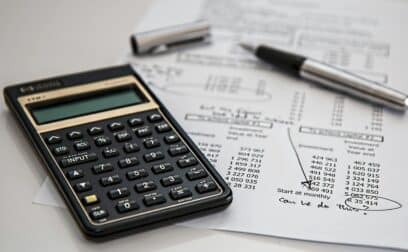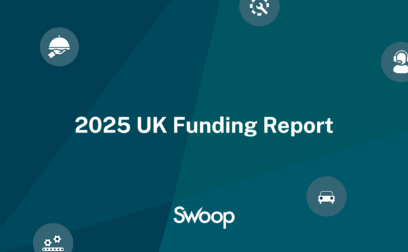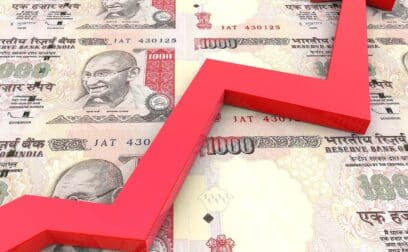Definition
A business cycle refers to the recurring pattern of expansion and contraction in economic activity that occurs over time.
What is a business cycle?
The business cycle is a natural feature of market economies, driven by a combination of various factors, including changes in consumer spending, investment, government policies, and external economic conditions.
Phases of the business cycle:
- Expansion: This phase is marked by increasing economic activity, rising production, employment, and consumer spending. Businesses experience growth, and optimism prevails in the economy.
- Peak: The peak is the highest point of economic activity during an expansion. It represents the climax of growth, and it is often characterised by high employment rates and robust economic indicators.
- Recession: Following the peak, the economy enters a recession phase, marked by declining economic activity. This phase is characterised by falling production, rising unemployment, and a decrease in consumer spending.
- Trough: The trough is the lowest point of economic activity during a recession. It represents the bottom of the cycle, and economic indicators are at their lowest. Unemployment is typically high during this phase.
Business cycles vary in terms of duration, intensity, and the factors influencing them. Some cycles are short-lived, while others can extend over several years.
Businesses often experience the effects of the business cycle through changes in consumer demand, access to credit, and overall economic conditions. During expansions, businesses may thrive, while recessions can pose challenges such as reduced sales and financial pressures.
Are business cycles predictable?
The predictability of business cycles remains a subject of debate among economists. While some patterns and indicators can suggest the likelihood of economic expansions and contractions, the precise timing and severity of cycles are challenging to forecast consistently.
Economic factors such as consumer behaviour, business investment, government policies, and global events all influence the cyclical nature of economies. Economic models attempt to analyse historical data and leading indicators to predict future trends, but unexpected events and changes in economic conditions can disrupt these predictions.
Despite advancements in economic theory and technology, the uncertainty of human behaviour and external shocks often limit the accuracy of predicting business cycles with certainty. Therefore, while trends and indicators provide insights, the timing and magnitude of economic fluctuations often remain unpredictable.
Example of business cycle
- Expansion (Boom):
- Imagine a scenario where the economy of the fictional country of Prospera is experiencing robust growth. GDP is increasing, businesses are expanding, and employment is rising. Consumer spending is high, and investors are optimistic about the future.
- Peak:
- The economy reaches a peak when it’s operating at its maximum capacity. Prospera’s economy is at its strongest, with high levels of production and low unemployment. However, signs of potential overheating may emerge, such as inflationary pressures or asset bubbles.
- Contraction (Recession):
- After the peak, the economy enters a contraction phase. In Prospera, demand starts to slow, businesses may cut back on production, and unemployment may rise. Consumer and business confidence may decline, leading to reduced spending and investment.
- Trough:
- The trough represents the lowest point of the business cycle. In Prospera, economic activity has bottomed out. Businesses may be operating below capacity, unemployment is high, and consumer confidence is at its lowest. However, this phase also sets the stage for recovery.
- Recovery:
- The economy begins to recover as conditions improve. In Prospera, policymakers may implement measures to stimulate economic activity, such as lowering interest rates or implementing fiscal stimulus. Businesses regain confidence, production increases, and unemployment starts to decline.
































 yet? Register here!
yet? Register here!